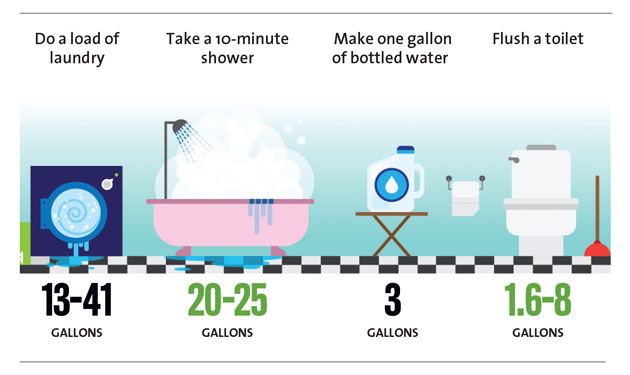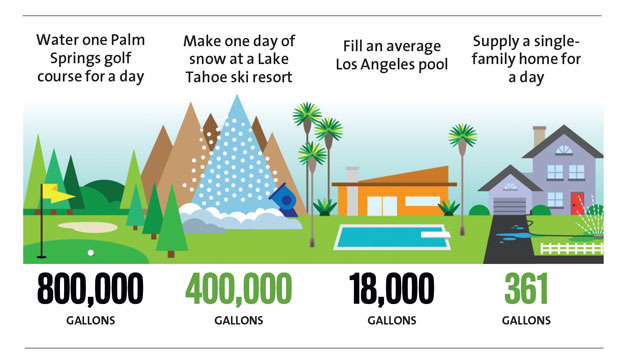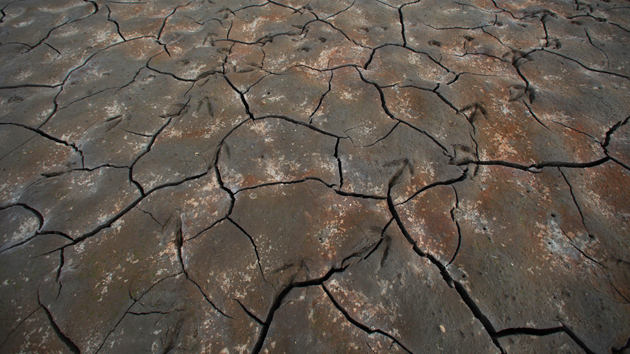
California residents have gotten used to gentle coaxing to save water: ads urging residents to “Make It a Quickie” when showering and restaurants withholding water unless it’s ordered, for example.
But it wasn’t enough: This spring, Gov. Jerry Brown mandated water use reduction for the first time in California’s history. Starting in June, cities and towns were required to cut water use by 25 percent. Although no one has estimated the specifics of the state’s water use since 2003, officials predict that the cuts will save nearly 500 billion gallons of H2O over nine months—enough for all Los Angeles homes and businesses for about two years.
So far, the reductions have been a success: Officials recently announced that the state beat its goal in June, reducing municipal water use by 27 percent. It’s up to local agencies to figure out how best to reach the goal—most have targeted regulations on outdoor use, since half of the water consumed by California homes goes to lawns and gardens. Los Angeles “water cops” ticket those who water their lawns on the wrong day; the city is also issuing rebates for those who replace their lawns with drought-tolerant plants. Many agencies are simply fining residents who exceed monthly limits.
These changes are making a dent, but there’s no denying that home water use is a drop in the bucket compared to California’s thirsty outdoor businesses. Farms, of course, are the state’s biggest water user, consuming 80 percent of the state’s developed water. They were excluded from the 25 percent water reduction rule, but they’ve suffered region-specific cuts of their own, and, in some cases, are fighting back.

Of the thirsty nonagricultural businesses, golf takes the lead: The average Palm Springs golf course uses the same amount of water in one day that a family of four does in five years. The 123 golf courses in the Palm Springs area use nearly a quarter of the region’s groundwater.

The good news: Even the golf industry is coming around; more and more courses are using recycled water, leaving zones off the fairway unwatered, and taking advantage of drought tolerant landscape rebates.

















